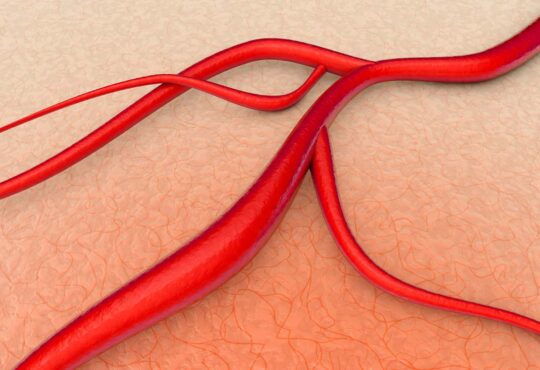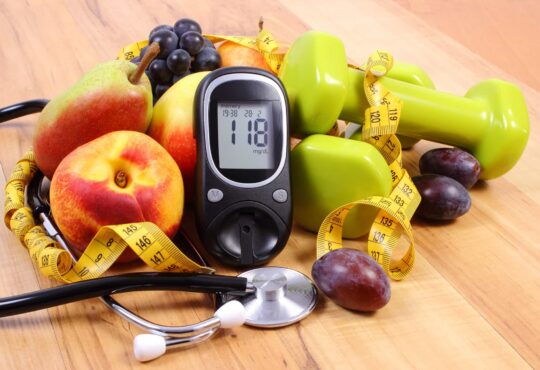
Call 911.
You can’t know for sure whether you’re suffering a transient ischemic attack (TIA) or a ministroke – or simply a migraine, epilepsy or low blood sugar.
Doctors need to run tests on you ASAP, so don’t delay – even though you feel no pain. That’s deceptive. A TIA can result in brain damage, permanent disability and even death.
That advice comes from the American Heart Association.
You can have just one – or many.
At least 240,000 Americans every year suffer a TIA.
However, because TIA symptoms can come – and go – quickly (within five minutes) and without pain, probably many victims don’t seek out the medical attention they really need, so we don’t have accurate numbers.
What is a TIA
It’s a blockage in a blood vessel leading to your brain.
With TIA’s, these blockages generally resolve themselves within a few minutes, a few or 24 hours. However, that’s not guaranteed – another reason you need immediate, professional medical attention.
When a TIA is blocking the optimal flow of blood to your brain, that part of your brain is also not receiving oxygen or nutrition. This can result in permanent damage even after a few minutes.
A TIA may also be a warning sign of future risk. One out of five TIA patients have a full stroke within the next 90 days – half of them occurring within 48 hours of the TIA.
However, up to 80% of these later strokes are preventable with the proper treatment – another reason to seek out medical care immediately.
A TIA or full stroke can happen from the gradual buildup of fatty plaque in the arteries that transport blood to your brain, such as the carotid arteries. Plaque accumulates along the walls of your blood vessel.
This by itself can come to block blood flow to your brain. More commonly, however, a chunk of plaque breaks off from the arterial wall, and that blocks the artery.
What are TIA Risk Factors
a. High blood pressure
b. Heart and vascular disease
c. Diabetes
d. Smoking tobacco
e. Lack of exercise
f. Diet high in saturated fat
g. High cholesterol
h. Atrial fibrillation (an irregular heartbeat)
i. Obesity
j. Sickle cell disease
k. Age over 40 years old
l. Heavy use of alcohol or illegal substances
m. Recent childbirth
n. Record of blood clots
According to the American Stroke Association, women are at higher risk than men. African-American women are at higher risk than white women.
What are TIA Symptoms?
a. Drooping face
b. Slurred or garbled speech, or inability to speak at all
c. Arm or leg weakness
d. Dizziness
e. Blurred, doubled or lost or flashing vision
f. Weakness or paralysis on one side of your body
g. Severe headaches
Usually, TIA symptoms affect just one side of your body, like a stroke.
In fact, the symptoms are so similar, you can’t tell whether it’s a TIA or stroke – another good reason to call 911 right away.
It’s worth repeating: you often feel no pain. That can fool you into believing you’re not in danger.
You are.
Remember the BE FAST acronym:
B: Balance (you’re dizzy or having a hard time standing up)
E: Eye changes
F: Face drooping
A: Arm weakness
S: Speech difficulty
T: Time to call 911
Doctors Will Run Tests
First: a CT scan and MRI of your brain and blood vessels to look for both the cause of the symptoms and any resulting brain damage.
(An MRI can find brain damage that doesn’t appear on a CT scan.
A doctor may also perform an echocardiogram to look for problems in your heart and blood vessels that are causing your symptoms.
They may need CTA (computed tomography arteriogram) or MRA (magnetic resonance arteriogram). Ultrasound may help find any blockages in your arteries.
If they can’t locate the precise cause of your symptoms, doctors will likely diagnose you with a TIA. Then they’ll evaluate your risk for future TIAs and strokes, and perhaps recommend lifestyle changes.
Your doctor may also want you to have antiplatelet therapy and anticoagulant therapy.
Antiplatelet therapy means medication that helps prevent your blood platelets from clotting.
Anticoagulant therapy means medication usually called a blood thinner. That thinning reduces risk of blood clots.
They also want to revascularize you. That just means removing whatever is blocking the flow of blood to your brain.
For practical purposes, treat a TIA as a full stroke, and make the changes you can to reduce your future risk.
Suggestions for Reducing Risk
1. Reduce or eliminate alcohol consumption.
2. Stop smoking.
3. Eat a low-sodium/salt diet.
4. Eat a diet low in fat, especially saturated fat.
5. Get regular, consistent moderate exercise.
In the SAMMPRIS trial (Stenting vs. Aggressive Medical Management for Preventing Recurrent Stroke in Intracranial Stenosis), researchers found exercise and greater physical activity decreased the likelihood of a later stroke.
6. Lose weight.
7. Reduce your blood pressure.
Remember
Even if your symptoms go away within a few minutes, they’re warning you of greater danger in the next few months – or days.
If you suspect you had or you’re having a TIA, call 911 right away.
https://www.uptodate.com/contents/transient-ischemic-attack-beyond-the-basics/
https://www.aarp.org/health/conditions-treatments/info-2023/what-are-the-symptoms-of-a-ministroke-or-tia.html
https://www.ahajournals.org/doi/10.1161/STR.0000000000000418
https://www.stroke.org/en/about-stroke/types-of-stroke/tia-transient-ischemic-attack
https://jamanetwork.com/journals/jama/fullarticle/2775447







